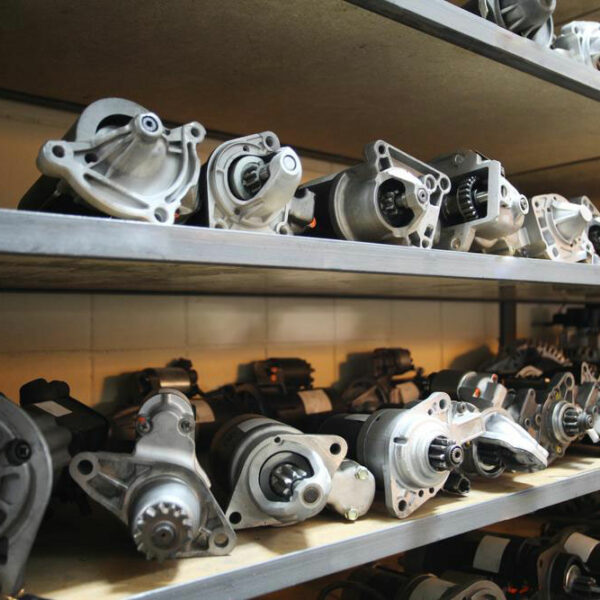Everything you need to know about automotive replacement parts
Manufacturing automotive replacement parts is a huge industry in the country. The consumption of the replacement auto parts industry is directly proportional to the demand for new vehicles.
Almost 70% of the parts produced are for original equipment, and the remaining 30% is for the aftermarket (repair and specialty equipment).
In the year 2008, there was an economic recession which affected the sales of vehicles. Even the Big Three car companies, namely Ford Motor Company, General Motors, and Chrysler, suffered.

In September 2008, suppliers of automotive replacement parts were caught between a rock and a hard place. On the one hand, the prices of raw materials rose substantially. On the other hand, they had to face reduced demand from both customers as well as automotive manufacturers.
Post this recession, industry analysts suggested that the suppliers had to run at 80% capacity to make a profit, but in the year 2009, suppliers were running at only 50-60% capacity.
Automotive replacement parts can be split into two categories, aftermarket parts or original equipment (OE). Original Equipment Service (OES) parts are used to assemble an automobile, light truck or truck. Manufacturers buy these for their service network.
OE parts suppliers are divided into three different levels. The “Tier 1″ suppliers are first level suppliers who directly provide finished components to the vehicle manufacturers. The Tier 2 suppliers sell materials and parts to the Tier 1 suppliers. The “Tier 3″ suppliers provide raw materials or parts to either Tier 1 or Tier 2 suppliers. Sometimes, they sell these materials to vehicle assemblers as well.
One can see an overlap between these tiers. Also, note that the production of original equipment accounts for almost two-thirds to three-fourths of the total production of automotive parts. There are two divisions of automotive replacement parts which are accessories and replacement parts.
- Accessories: Any part that is made for performance, comfort, customization, convenience or safety.
- Replacement auto parts: Any automotive part that is remanufactured or built to replace the original equipment (OE) parts when they are worn or damaged because of use.
Today, customers have a choice when it comes to buying automotive replacement parts. They can purchase these goods from a brick-and-mortar retailer or an online retailer. Amazon.com and eBay Motors are currently the largest sellers of aftermarket parts and accessories in the country. The sales of replacement parts and accessories through online retailers, excluding used parts and online auctions, is expected to hit $10 billion in 2018.





